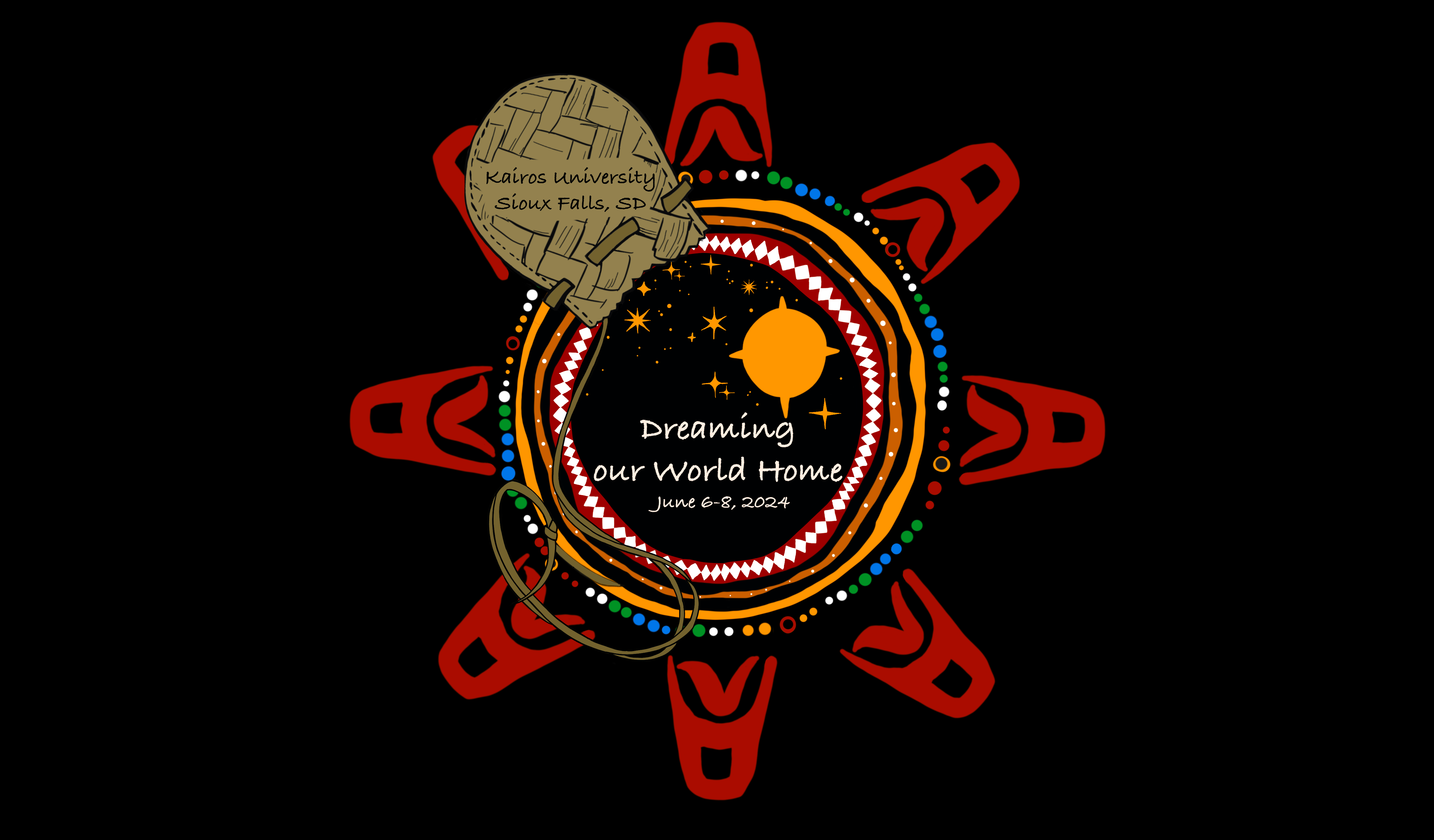
Dreaming Our World Home: The Roots and Role of Visions in Creating Indigenous Futures / an Indigenous Future
Across the globe, Indigenous Peoples are coming back. In the process, we’re dreaming the world home.
That’s not to say that we ever left. Though buffeted, muted, and hidden in plain sight, we’ve never gone away.
Too often stories told about Indigenous Peoples prioritize tragedy. Yes, colonization has taken a large and enduring toll on our communities. But despite the suffering, our peoples’ dreams have always been of beauty and hope.
Aboriginal singer Uncle Archie Roach (Gunditjmara (Kirrae Whurrong/Djab Wurrung) and Bundjalung Elder) captured this in 1990, with his song “They Took the Children Away”
One sweet day, all the children came back…
Back where their hearts grow strong, back where they all belong
We’re coming back and our hearts are growing stronger. We’re reclaiming identity, revitalizing ceremonies and language, immersing ourselves in culture, and asserting rights.
And we’re still dreaming.
Dreams and visions have always been a conduit for our renewal. Through dreams, we return to our origins as we journey into the future. Visions are creative doorways that help answer in community what does it look like to live at our best?
For us at NAIITS: An Indigenous Learning Community and iEmergence, the two members of the Indigenous Pathways family, the dream that created our community occurred at the 1996 World Christian Gathering of Indigenous Peoples in Aotearoa. Indigenous Peoples from across the globe came together and for the first time publicly celebrated our cultural and spiritual gifts and declared “we are going to be the peoples God created us to be.”
June 2024, we invite you to come to the land of the great dreams of Crazy Horse, Sitting Bull and Black Elk and tell us what your Indigenous dreams are. What are your Aboriginal, and Torres Strait Islander dreams? Maori? Pasifika? Zuni? Nisga’a? Cree? Navajo? What are the dreams of Indigenous nations and communities from around the globe? Those living on their traditional lands and those in diaspora?
These dreams encompass a vast array of topics. How do we welcome back children into our circles? How do we heal from trauma? Renew culture and land-based spirituality?
In Western Christian spaces visions are often about the end. How are Indigenous dreams about returning to the beginning? Western dreams often emphasize the judgement of Jesus and the Creator. How do they appear in Indigenous dreams as givers of gifts and renewers of life?
Indigenous dreams bring ancient wisdom to bear on contemporary conflicts. What are our dreams for our very troubled world? How can Indigenous Peoples help dream the world home?
For the 2024 symposium, we invite people who desire to present a paper or “panel* on one of the themes identified above to submit an abstract and proposal for consideration. In the abstract, please outline the intention of the paper as well as the method(s) of research and presentation. Please also submit a bio and photo (or bios in the case of a panel) of the presenter(s) for use in promotion of the symposium.
We invite proposals for papers and presentations from scholars, scholar-practitioners, community practitioners, ministers, and other interested peoples that address themselves to the topic of this year’s symposium.
Of particular interest will be explorations of Indigenous dreams and visions that, among other possibilities, might
- Support an increased understanding of the dynamic role of visions and dreams in Christian faith in the context of authentic Indigenous life
- Explore the roles that Indigenous dreams and visions play in the renewal of culture, spiritualty, and Indigenous communities
- Highlight the role that Indigenous wisdom expressed in dreams and visions can play in the context of global problems and challenges.
- Clarify the role that Indigenous communal interpretation plays for understanding and embodying dreams and visions
- Expand on the use and role of Indigenous dreams and visions for ministry and Christian ceremony
Papers using any of a broad range of research and presentation methodologies will be considered. Submissions should address one or more of the topic areas as noted above.
Papers should strive to demonstrate how traditional Indigenous understandings, cultural perspectives, and historic practices, in conversation with biblical Christianity might strengthen the impact of Indigenous epistemologies in the context of global realities.
The purpose of the symposium is to facilitate open dialogue about various aspects of Indigenous biblical and theological contextualization in thought, history, and experience. Symposium planners hope that, in their submissions, participants will bring together academic and practical approaches to the issues being addressed in the symposium.
Submission Guidelines
Submissions are received through the online portal only, and must include a brief personal bio, a photo and both an abstract and proposal for the presentation of not more than 300 words in total. The proposal must include a clear statement of your ideas and, if a scholarly presentation, enough of a context to show that you are aware of the basic issues and literature of the field.
- a) Papers and/or panels*
- Papers should be both theoretically solid and simultaneously practical. Submissions will be evaluated considering their potential to contribute to the Symposium. To encourage dialogue, we welcome submissions from various perspectives, from Indigenous presenters as well as those from supportive non-Indigenous presenters. Scholarly papers must adhere to the latest Chicago Turabian formatting style; in Times Roman 12 pt. font; and have complete footnotes and Works Cited. Please refer to the NAIITS Journal Style Guide for more information. Papers may be distributed to selected respondents at the sole discretion of NAIITS. Presented papers will be published in the NAIITS Journal after a circle peer-review process.
- b) Practitioners
- If the proposal is for a more practitioner focused presentation – something very much welcomed – then the proposal should describe the individual’s community of practice, the length of time the person has been in that community of practice, the connection the practitioner is making to the topic under consideration and how the presentation is intended to be given.
- c) Presence
- While pre-recorded presentations from those unable to attend in-person have been accepted the last several years, the Symposium is the annual in-person gathering of the NAIITS learning community and it is anticipated that, as with all societies and learning communities such as NAIITS is, that presenters will attend in person at their own expense to contribute most fully to the conversation. Exceptions may be made, but will be just that, exceptions.
Regardless of whether the intent is paper, panel, or practitioner, the proposal is the document on which submissions will be evaluated and selected. It is to be understood that abstracts, bios, and photos provided for submissions selected for presentation will be used in advertisements and other symposium materials. Selected papers will be allotted 40 minutes for presentation. The presenter may, at NAIITS’ discretion, be asked to pre-record the session for use in virtual formats it may also choose to present.
The deadline for submission of proposals for papers is midnight local time February 9, 2024. Please submit electronically here.
Finished papers must be submitted in the above style no later than April 31, 2024 so as to be included in the symposium.
*PLEASE NOTE: Panels will only be accepted if the panellists also submit a paper – either jointly or individually – for publication in the annual NAIITS journal. A simple PowerPoint presentation will not be accepted.*
**There are many ways in which music and the arts conserve, preserve, and promote Indigenous peoples’ ways of knowing, being, and doing around the globe. Our intention here is neither to restrict or prescribe for any Indigenous people group their understanding of or use of terms that differentiate music, arts, culture and connections to their cultures. We invite Indigenous people to insert their own words and descriptors as suits their convention in places where appropriate.
NAIITS
- Is a member of Indigenous Pathways (IP), a non-sectarian, non-profit charity devoted to ministry with and within the Indigenous context.
- Is the educational member of the IP family dedicated to encouraging the development and articulation of Indigenous perspectives on theology and practice rooted in life as followers of the Jesus Way.
- Addresses scriptural, theological, ethical, and social engagement issues from Indigenous perspectives.
- Facilitates the creation of a written theological foundation for a) the visioning of new paradigms of ministry with and by Indigenous peoples; and, b) the contextualization of faith in Indigenous contexts.
- Facilitates the development and implementation of Indigenous learning styles and “world views” in written work and publications.
- Facilitates the development of theological partnerships with other cultural communities of following the Jesus Way of faith to explore intercultural expressions of that faith.
- Is committed to genuine dialogue with the historical traditions of following Jesus and values the written and living resources encompassed in these traditions.
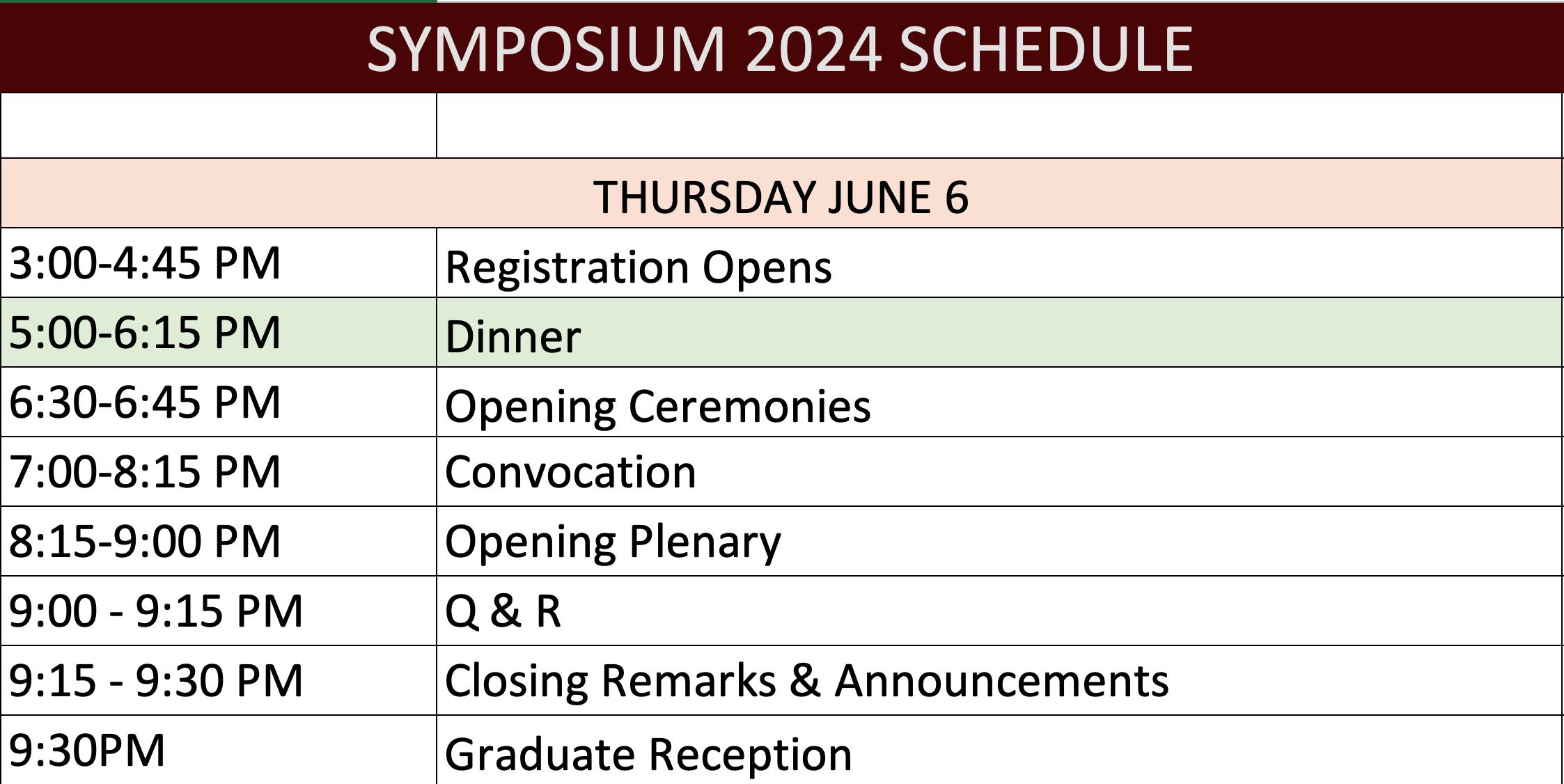
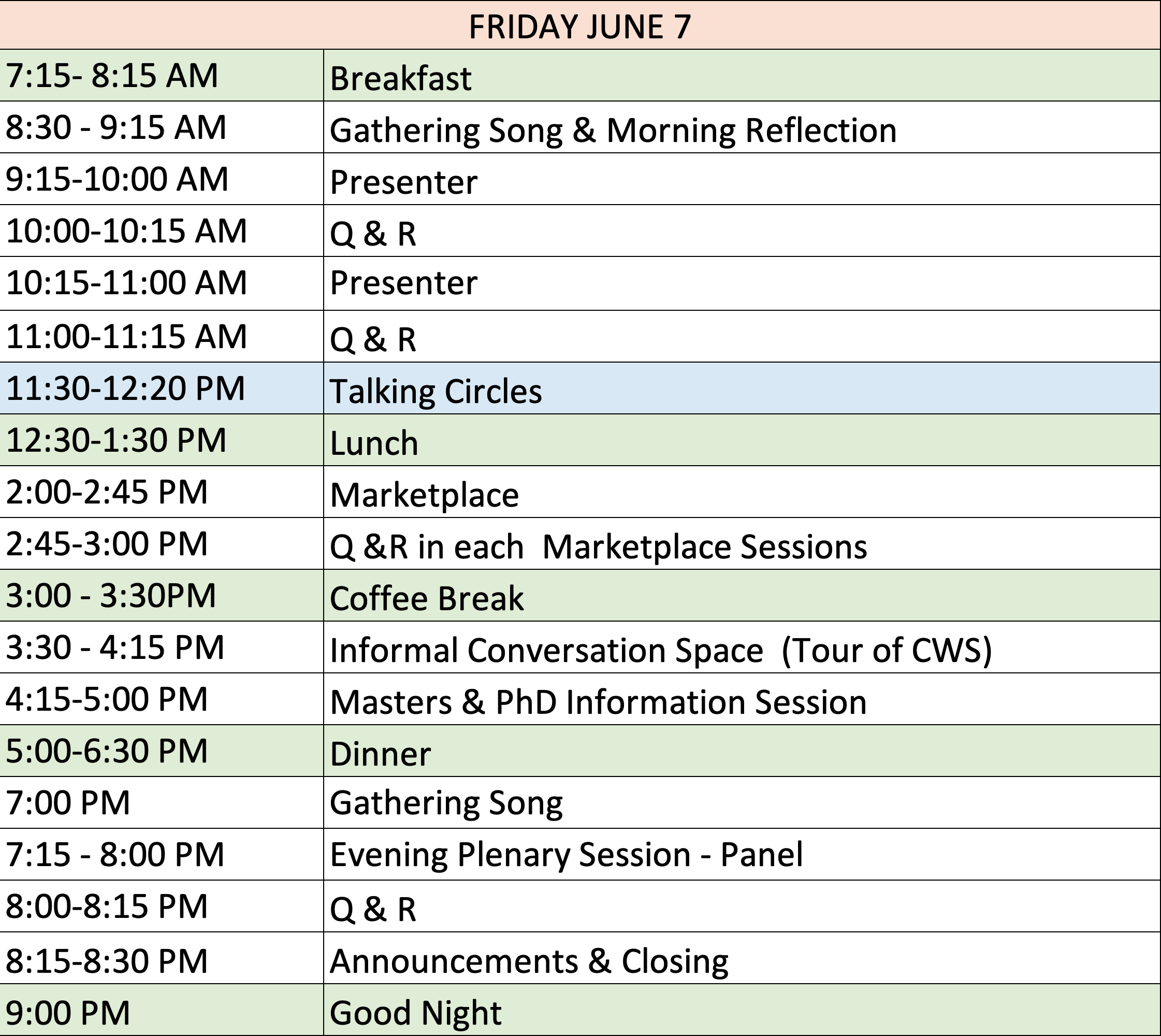
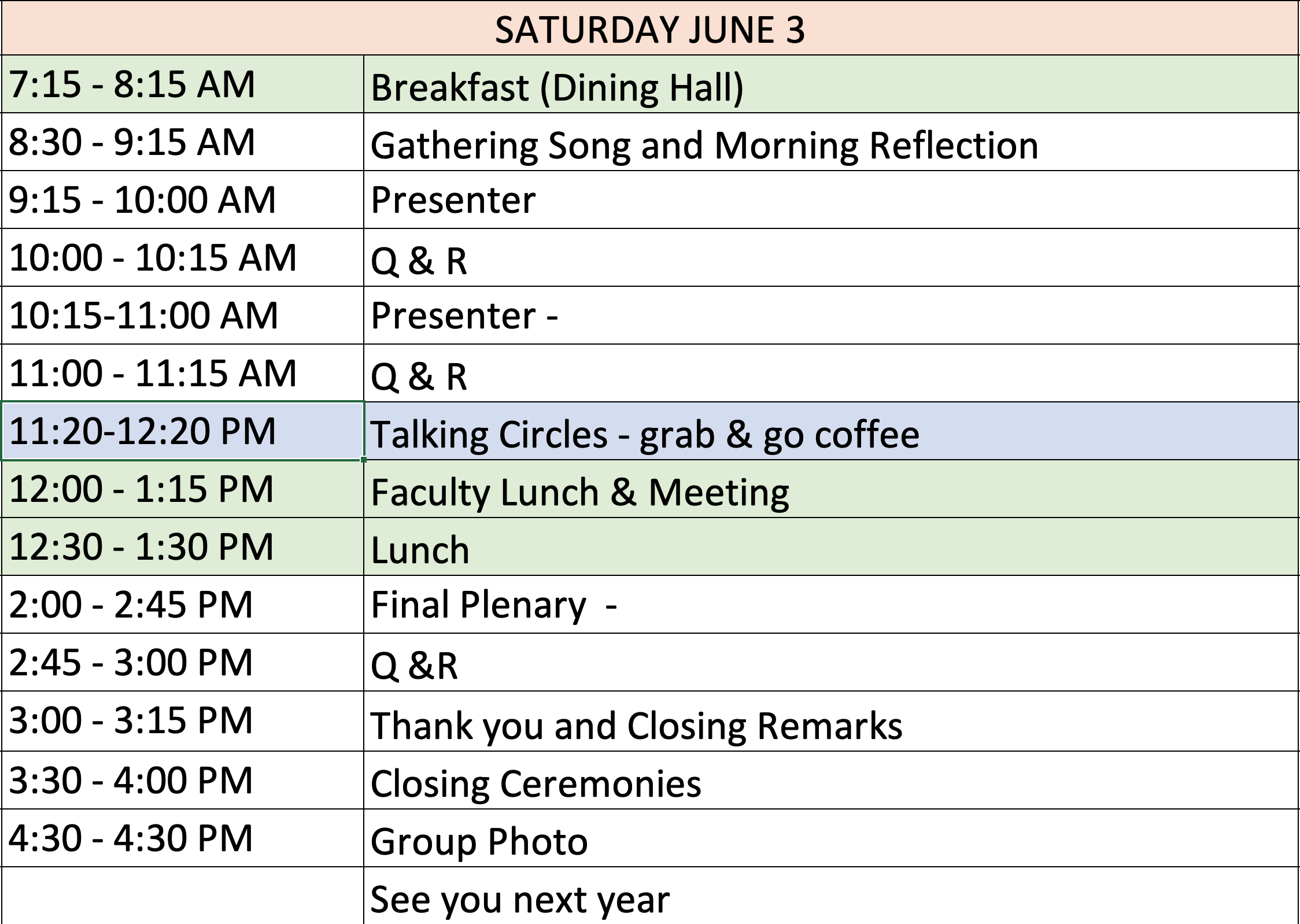
Artist's Note
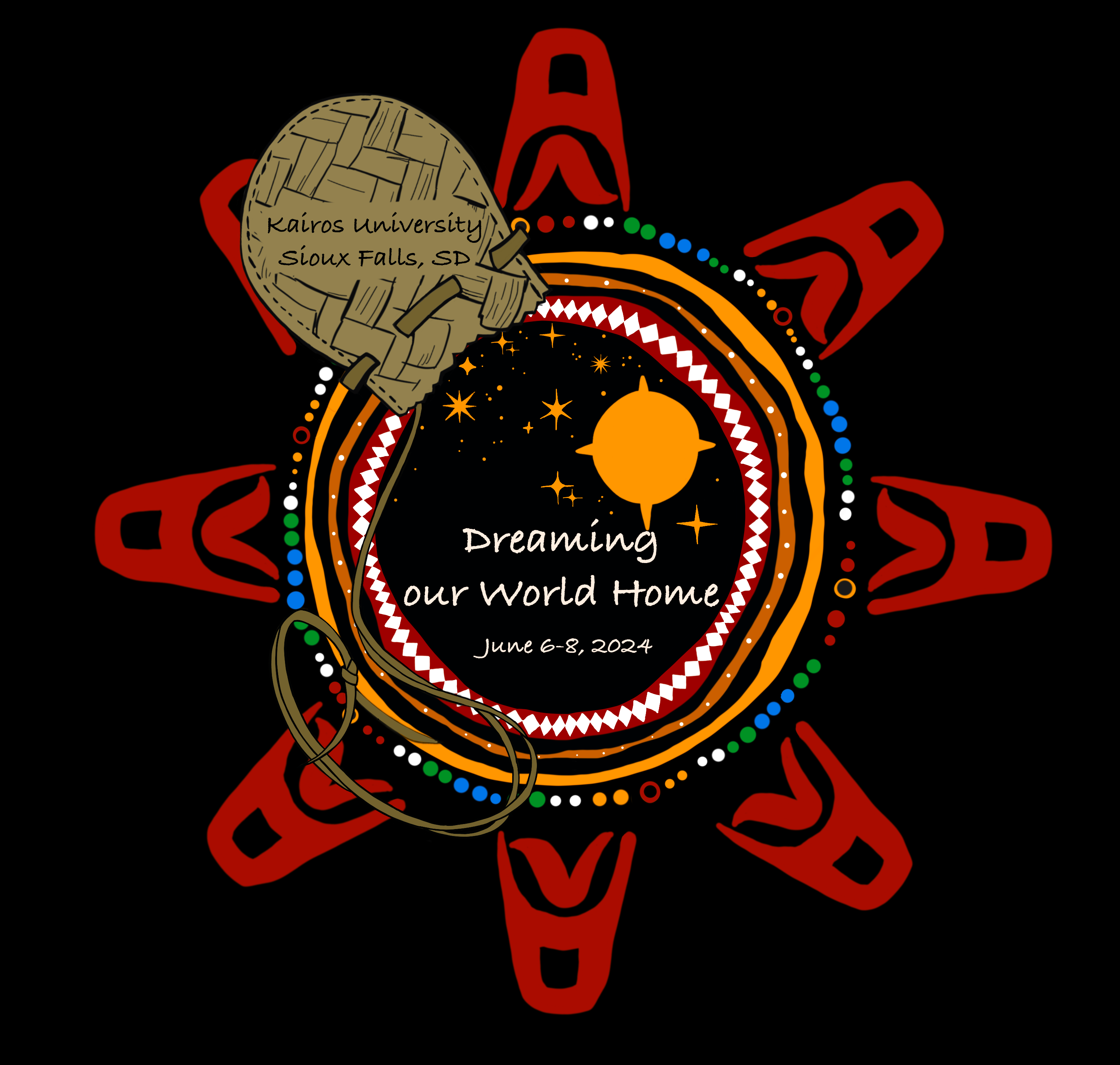
The sun, which represents many tribes and nations, symbolizes the hope of a new horizon, the beginning of the new chapter, a coming back. The moon and the stars are dreams that come to Indigenous people, spilling out of a medicine pouch, which is kept close to the heart where hopes and dreams begin. They are dreams that are kept safe for the right time. The movement of these astral bodies as they pour out of the pouch communicates that the dreams of Indigenous people are still active and relevant. There are both new and old dreams that are being held onto. The stars and moon have been here long past our memories and will outlast our lives, representing the truth that Indigenous peoples never left.
~ Kiara Fehr